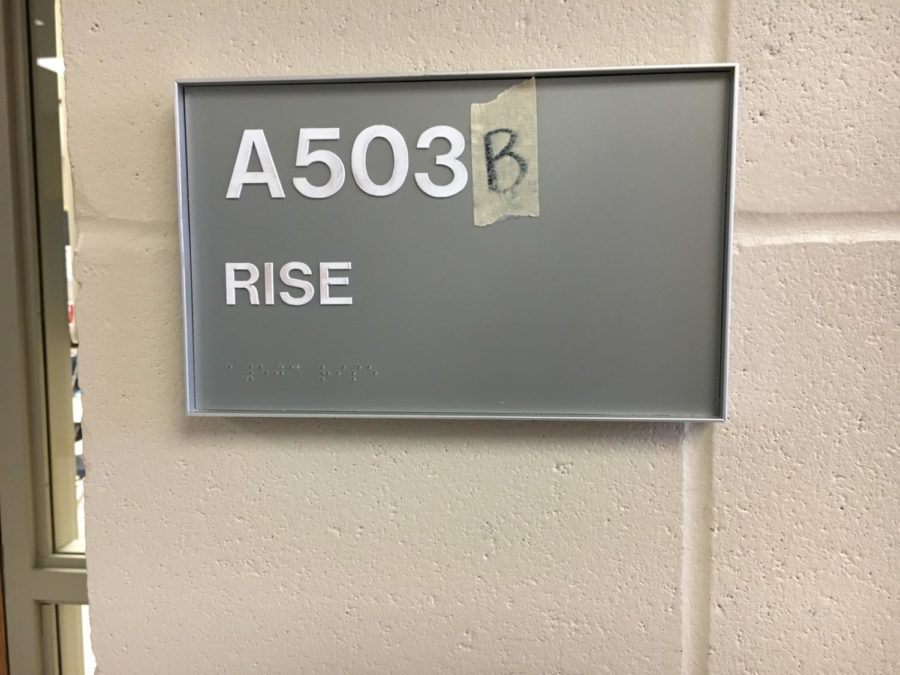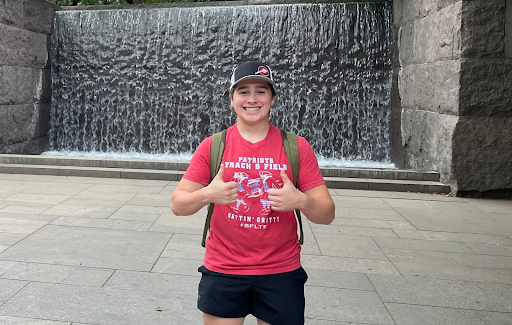Learning to “RISE” above stereotypes
The LHS RISE room, located in room A503, is dedicated to providing education for individuals with cognitive disabilities.
October 25, 2018
Reaching Independence with Structured Education, better known as RISE, is a program throughout the Sioux Falls School District and is dedicated to providing students with learning disabilities the education they require.
Students in RISE are taught together in classes where the teachers can focus more on the needs of the individuals. The rest of the staff and students often refer to it as the “cluster” room, a term that some would be surprised to learn is considered offensive.
Programs like RISE are always in need of more support. LHS, in particular, has a severe lack of staff, making it harder to pay attention to each students’ needs.
“We do move from class to class, but we only have 3 teachers,” said Drake Bachmeier, a RISE teacher. “Most of our students are self-contained, which means they don’t really leave our area. I teach math, I teach social studies and I teach vocational skills. Another teacher teaches language arts, reading and a foods class. And then another teaches science and vocal skills.”
Russell Fjellinger, better known as Mr. FJ, has recently left his job at LHS after having worked for the school district for 11 years. FJ spent the majority of his career assisting and teaching children with special needs, and was a RISE teacher for multiple years.
“While going to college, [the place I worked] which is now very politically incorrect, was at that point, called ‘Crippled Children’s Hospital and School’ which has now changed to LifeScape,” said FJ. “I worked with kids with disabilities. That’s why I came to Lincoln, to work with kids with disabilities, but I don’t like the word disability because to me it’s negative. We all have abilities. We all have talents. Everybody does.”
Attempts to have the student body empathize with these students tend to fail catastrophically. “Spread the Word to End the Word” aims to educate high schoolers about the harmful words used against people with cognitive disabilities. Unsurprisingly, it only makes students more likely to use those derogatory slurs for the shock value. No lesson is truly learned and people are left with the same misconceptions about special education.
One of the major misconceptions is that it’s limited to students who have both physical and mental handicaps.
“If your IQ is below the standard deviation, 70 or below, you can be in the RISE room. But what comes along with that is we can [receive students with] other disabilities,” said Bachmeier. “ You can have [a physical condition such as] tourettes and not be in this room, but you cannot have a cognitive disability and not be in this room.”
In addition to misbeliefs regarding which type of students find themselves within the program, many LHS students are ill-informed when it comes to what the students are really like.
“I’m all about inclusion and I think the students here are just like everyone else,” said Bachmeier. “They have a different cognitive level, but they still strive to have the same friends that everybody else has. They strive to have that social interaction that everyone else has. We really try to push social norms.”
No one is being forced to spend time with the students in their classroom or to be their close friends, but any and all of the small gestures count. Actions such as greeting others in the hallway or asking them about their day makes a much larger difference than one may think.









